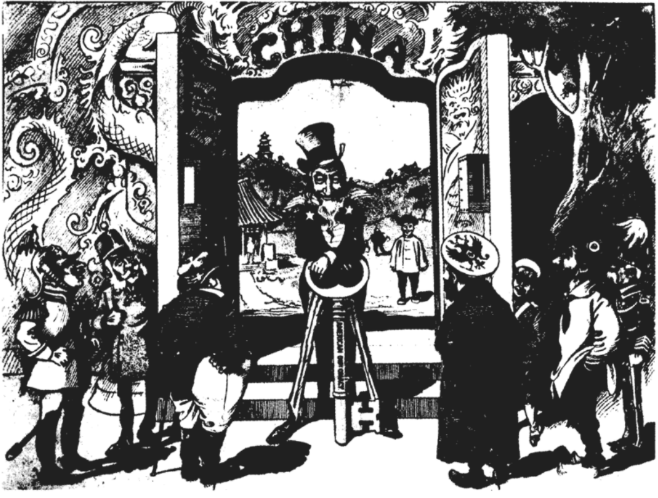Time Period 7 - Expansionism and Imperialism - 1994
Joe T., Michael B., Jake C. - P3
Analyze the Similarities between the 19th Century United States Ideology of Expansionism and Imperialism in the 20th Century
Prompt Analysis
- Skill/Task: Comparison
- Main Idea: Expansionism and Imperialism
- Subtopics: Westward Expansion, Pacific Conflicts
- Time Period: 19th Century - Early 20th Century
Document 5
HIPP
-
H: Philippine annexation
-
I: Congress
-
P: Benefits of Annexation
-
Pov: Senator

Document 6
HIPP
-
H: Open door and China Trade
-
I: American Public
-
P: Show new Chinese connection
-
Pov: Most likely American

Outside Evidence
War with Native Americans
US fought Native Americans in an effort to make more room for settlers to move west
Homestead Act
The Homestead Act pushed gave people an outlet from the struggle in big cities in the northeast, acting as a 'safety valve'
Mid 19th Century
Outside Evidence
Social Darwinism
An ideology that applied Darwinism to sociology and politics; superior groups surpass inferior ones in society. Major reasoning for US imperialism
Spanish American War
US intervention in Spanish-held Cuba. Cuba was a Spanish Colony, which was a non-freedom thing to have so close to the US
Late 19th - Early 20th Century
Philippine-American War
Annexation of the Philippines by the US after the Philippine Revolution 1896. Good example of the US expansionist foreign policies in this later period
Context
- Westward Expansion - The goal was to gain outlet for pressure in Northeast
- Imperialism - The goal was to open new trading routes and markets